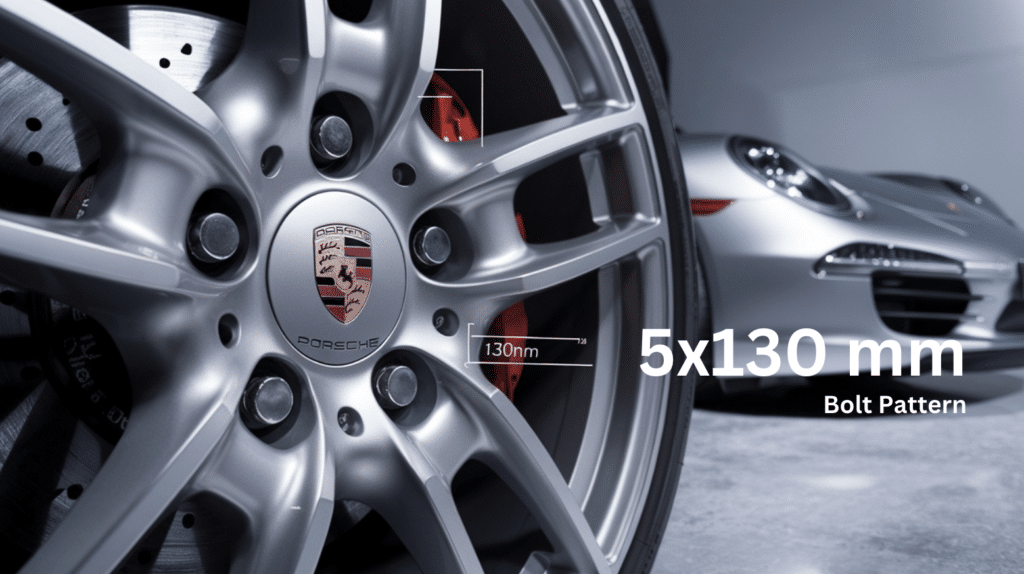When it comes to high-performance vehicles, every detail matters – including how your wheels connect to your car.
The 5×130 bolt pattern represents a precise wheel configuration featuring five lug bolts arranged in a 130-millimeter diameter circle.
This pattern has become synonymous with premium automotive engineering, predominantly found in Porsche vehicles and select high-end models from manufacturers like Volkswagen and Mercedes-Benz.
The pattern’s design isn’t just about connecting wheels to axles; it’s engineered to provide specified weight distribution, enhanced structural integrity, and superior stability during demanding driving conditions.
When upgrading your Porsche 911 or maintaining your Cayenne SUV, understanding the 5×130 bolt pattern is crucial for ensuring proper wheel fitment and maximizing vehicle performance.
Understanding the 5×130 Bolt Pattern
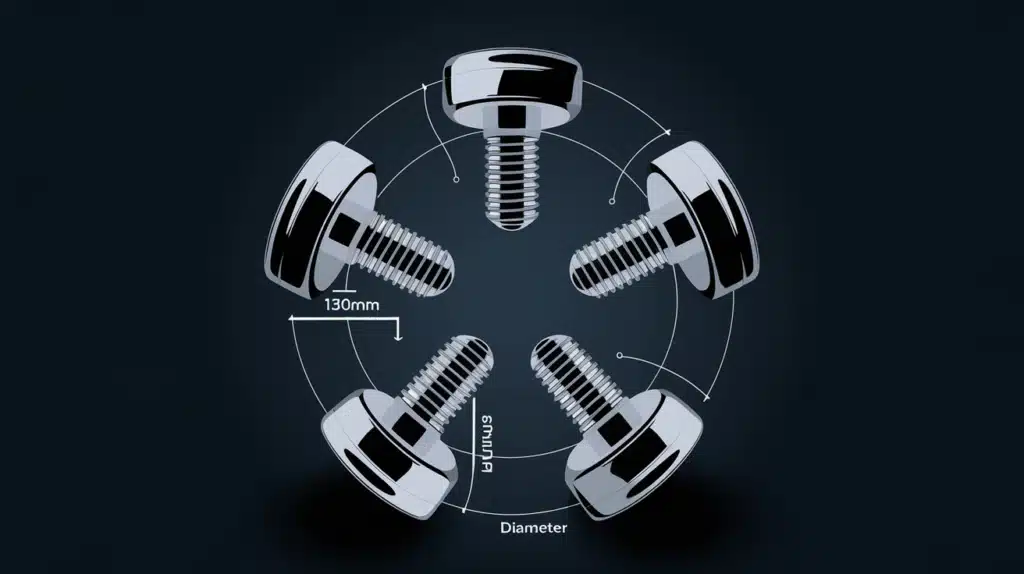
The 5×130 bolt pattern represents a specific wheel configuration where five lug bolts are arranged in a circle with a diameter of 130 millimeters.
This pattern is predominantly found in high-performance vehicles, particularly Porsche models and some Volkswagen vehicles.
The measurement is crucial for proper wheel fitment and vehicle safety. The “5” indicates the number of bolt holes, while “130” refers to the pitch circle diameter (PCD) measured in millimeters.
This bolt pattern ensures optimal weight distribution and structural integrity, which is particularly important for performance driving conditions.
When selecting wheels with this pattern, it’s essential to consider the hub bore size, which typically ranges from 71.5mm to 72.6mm, depending on the specific vehicle model.
Factors for Selecting Wheels
When choosing 5×130 wheels, several critical factors must be considered to ensure optimal performance and safety.
The wheel material plays a significant role, with options including steel for durability, aluminum alloy for a balance of weight and strength, and premium materials like magnesium or carbon fiber for maximum performance.
The offset measurement determines how the wheel sits about the suspension components and is crucial for proper fitment and handling characteristics.
Hub bore size must match the vehicle’s specifications, typically 57.1mm to 87.1mm, with hub-centric rings available to accommodate slight variations.
Additionally, wheel size considerations include diameter (commonly 17-22 inches), width (8-10 inches), and load capacity ratings suitable for the vehicle’s weight and intended use.
Applications in Different Vehicles
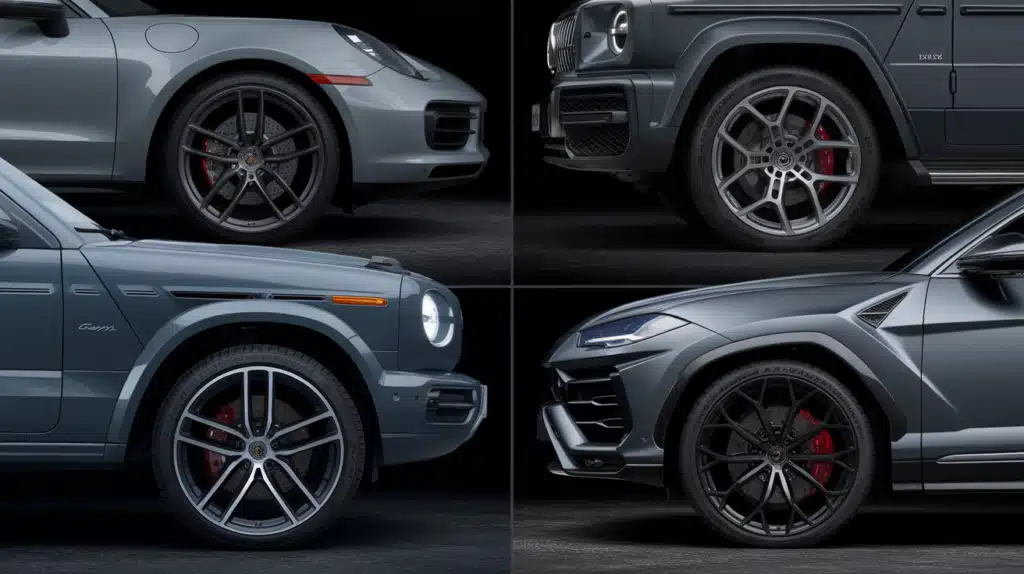
The 5×130 bolt pattern is primarily associated with high-performance and luxury vehicles, most notably in the Porsche lineup.
This configuration is found across various Porsche models, including the iconic 911 series, Cayenne SUV, and Panamera sedan.
Beyond Porsche, this bolt pattern appears in select Volkswagen models, particularly some van variants and certain Audi vehicles.
The Mercedes-Benz G-Class and some variants of the Lamborghini Urus also utilize this bolt pattern, demonstrating its presence in the premium vehicle segment.
The pattern’s durable design makes it particularly suitable for vehicles that demand high-performance capabilities, whether for sporty handling characteristics or enhanced stability in larger luxury vehicles requiring superior load-bearing characteristics.
Benefits of 5×130 Bolt Pattern
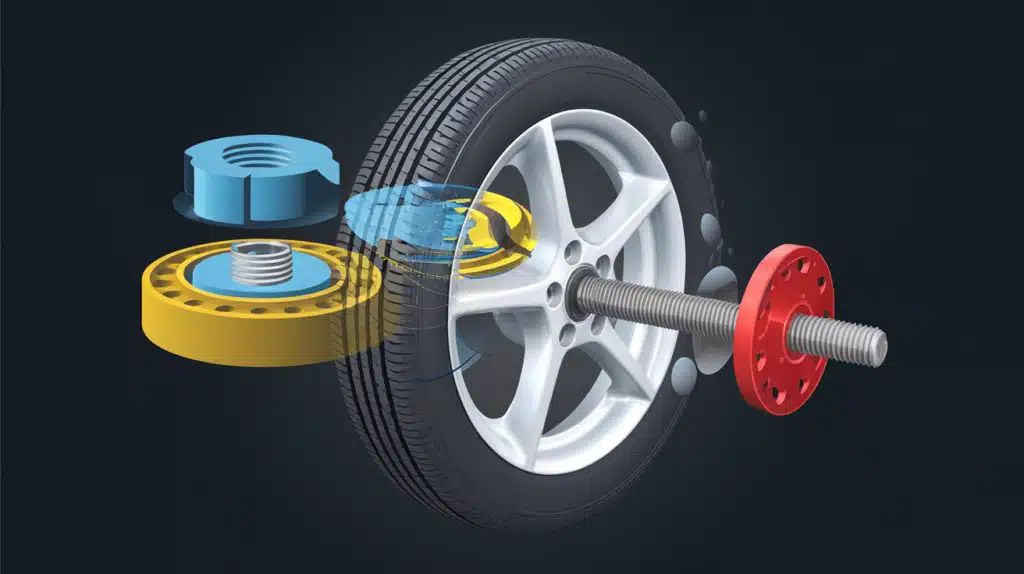
The 5×130 bolt pattern offers several distinct advantages for vehicle performance and safety. The five-bolt configuration provides superior stability and even distribution of forces compared to four-bolt patterns, making it ideal for high-performance applications.
This pattern’s precise engineering ensures optimal load distribution during acceleration, braking, and cornering, which is particularly beneficial for performance vehicles like Porsche models.
The 130mm diameter spacing allows for larger hub assemblies, contributing to better structural integrity and heat dissipation.
Additionally, this bolt pattern typically accommodates larger brake systems, which is essential for high-performance vehicles.
From a Modern standpoint, the five-bolt design creates a more sophisticated appearance, particularly when paired with premium wheel designs common in luxury and performance vehicles.
Cost of 5×130 Bolt Pattern
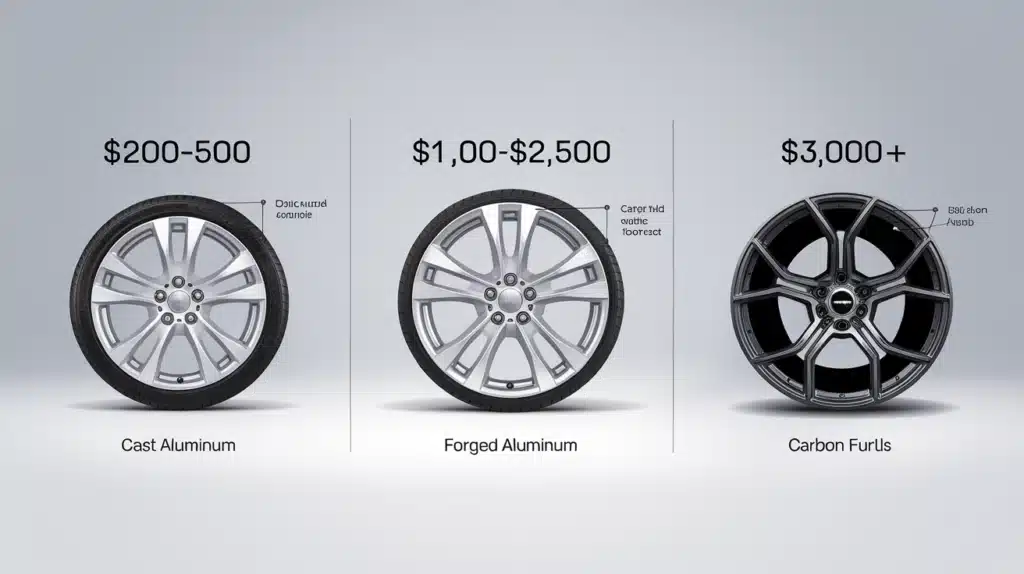
The cost of 5×130 pattern wheels varies significantly based on several factors, ranging from $100 to over $3,000 per wheel.
Entry-level aftermarket options typically start around $200-500 per wheel, while premium or OEM (Original Equipment Manufacturer) wheels can command prices from $1,000 to $2,500 each.
High-end forged wheels or limited-edition designs may exceed these ranges. Material choice significantly impacts pricing, with cast aluminum being more affordable than forged alternatives or exotic materials like carbon fiber.
Additional costs include specialized installation tools, hub-centric rings if needed, and professional mounting services.
The investment often reflects the wheel’s quality, performance capabilities, and brand reputation, with Porsche OEM wheels commanding premium prices due to their certified compatibility and quality standards.
Installing 5×130 Pattern Wheels
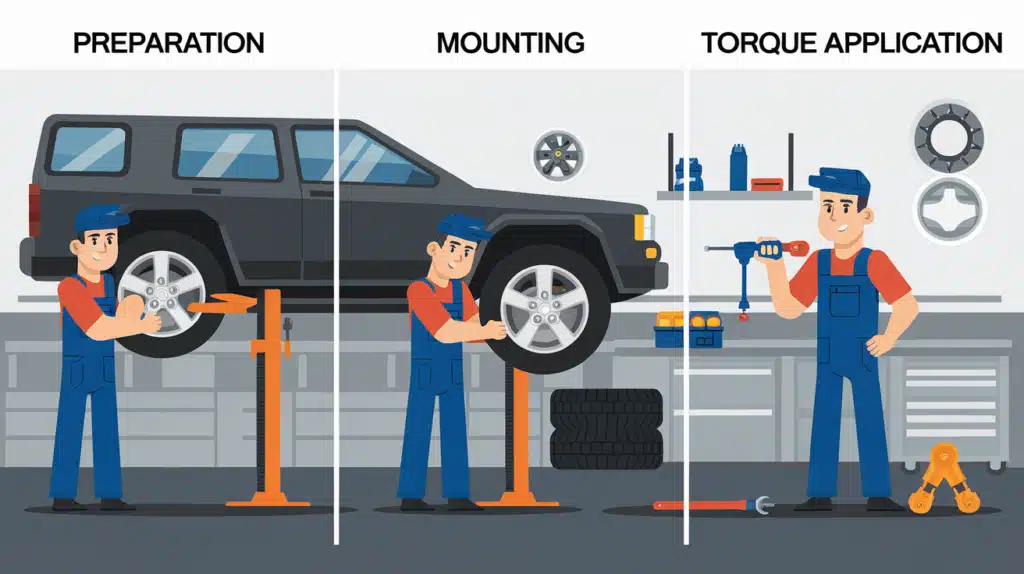
Installing 5×130 pattern wheels requires careful attention to detail and proper equipment to ensure safe operation. The process begins with securing the vehicle on a level surface and using appropriate jack stands for safety.
Proper torque specifications, typically 94 to 133 ft-lbs, must be followed, depending on the vehicle model.
Essential tools include a calibrated torque wrench, appropriate socket sizes, and potentially hub-centric rings if required for proper fitment.
The installation sequence involves cleaning the hub surface, checking for proper hub bore alignment, and following a star pattern when tightening lug bolts to ensure even pressure distribution.
Professional installation is recommended for high-performance vehicles to ensure proper wheel balancing and alignment.
Common Bolt Pattern Selection Mistakes
When selecting 5×130 wheels, buyers often make several critical errors that can impact vehicle performance and safety.
A common mistake is focusing solely on the bolt pattern while overlooking crucial factors like hub bore diameter, which must match exactly or require appropriate hub-centric rings.
Buyers sometimes choose incorrect wheel offset measurements, leading to rubbing issues or compromised handling characteristics.
Another frequent error is selecting wheels without considering load ratings appropriate for the vehicle’s weight and intended use.
Material selection mistakes occur when buyers prioritize visual appearance over performance requirements, such as choosing lightweight alloys for heavy-duty applications.
Additionally, failing to account for brake caliper clearance, especially with performance brake upgrades, can lead to fitment issues requiring costly corrections or replacements.
Installation Mistakes to Avoid
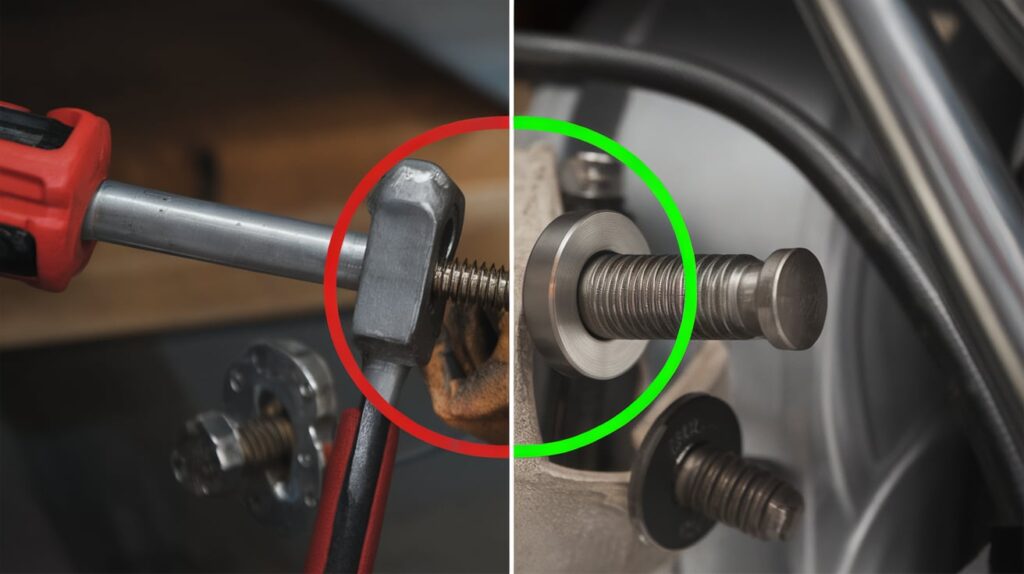
Installation errors with 5×130 wheels can lead to serious performance and safety issues.
The most critical mistake is improper torque application – either over-tightening, which can damage threads and wheel studs, or under-tightening, which can lead to wheel loosening during operation.
Many installers fail to clean mounting surfaces thoroughly, allowing corrosion or debris to prevent proper wheel seating.
Another common error is not following the correct bolt-tightening sequence, which can cause uneven pressure distribution and wheel vibration.
Using incorrect tools, particularly non-calibrated torque wrenches, can result in inconsistent torque values. Some installers also make the mistake of not checking or replacing worn wheel bolts and failing to perform proper wheel balancing after installation.
Vehicles Using 5×130 Pattern
The 5×130 bolt pattern is predominantly found in premium and performance vehicles, with Porsche being the most notable manufacturer.
1. Porsche
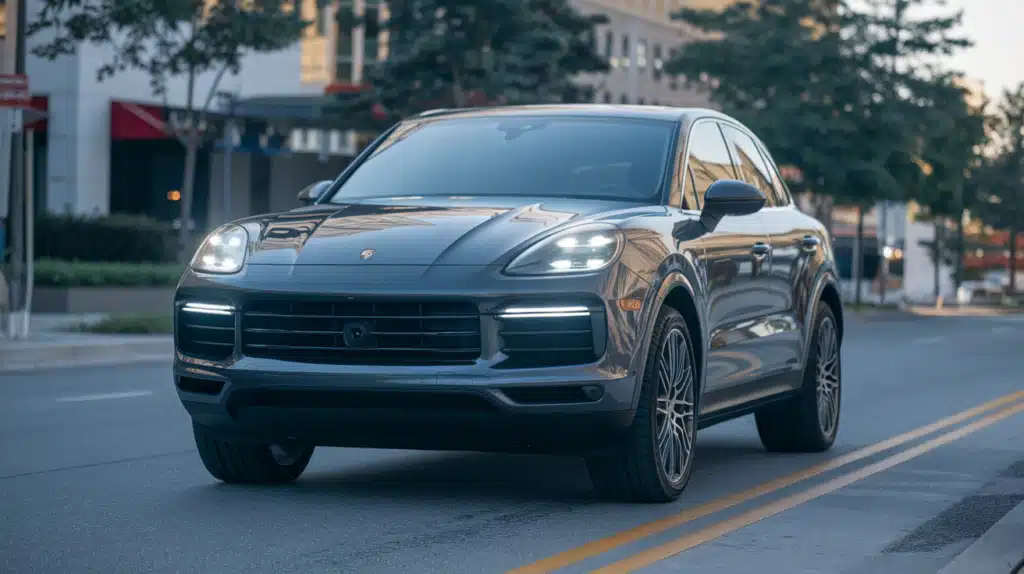
- Used across all generations of the 911 series
- Featured in the Cayenne SUV line
- Implemented in the Panamera sedan
- Used in the high-performance 918 Spyder
- Primary manufacturer associated with this bolt pattern
2. Volkswagen
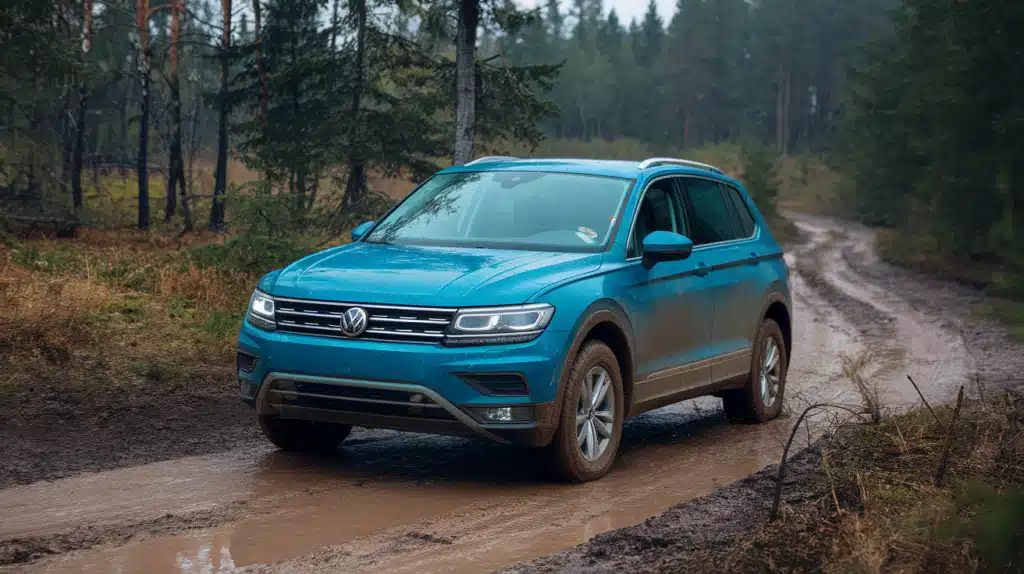
- Found in select luxury variants
- Primarily used in van variants
- Specific models sharing platforms with Porsche
3. Audi
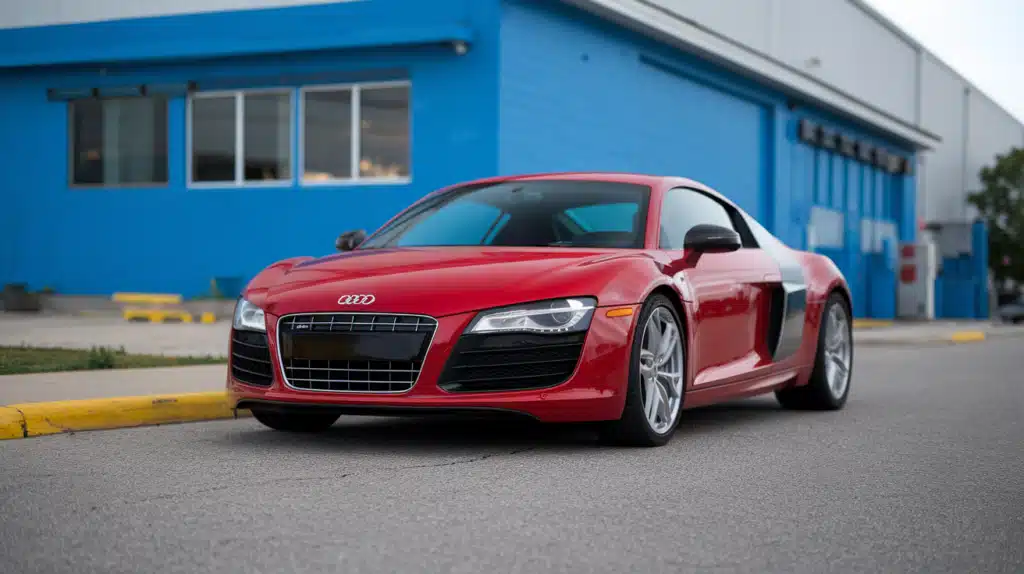
- Present in select Q7 variants
- Primarily found in models sharing platforms with Porsche vehicles
4. Mercedes-Benz
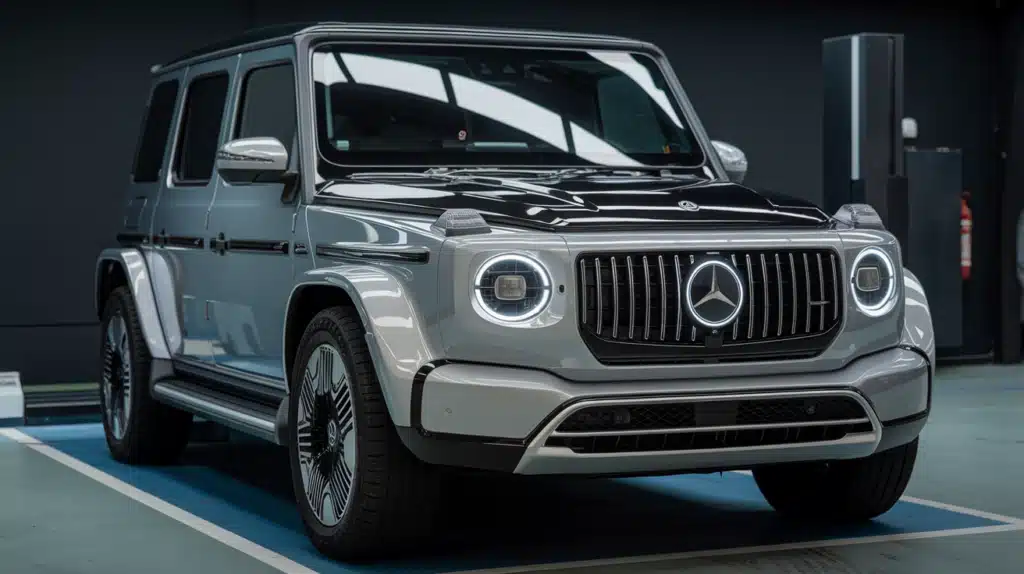
- Featured in the G-Class series
- Designed for superior load-bearing capabilities
- Optimized for premium performance characteristics
5. Lamborghini
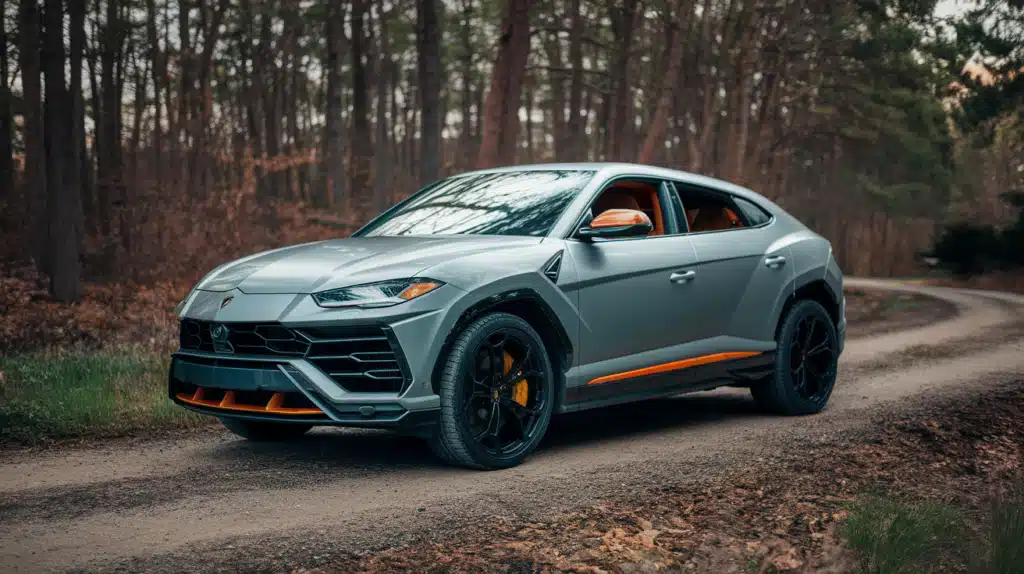
- Used in certain Urus models
- Implemented for enhanced performance and stability
- Chosen for premium vehicle specifications
This bolt pattern is specifically chosen for vehicles requiring superior load-bearing capabilities and performance characteristics.
Conclusion
The 5×130 bolt pattern represents the pinnacle of premium automotive engineering, particularly in high-performance vehicles where precision and reliability are paramount.
From Porsche’s legendary 911 to the fortified Mercedes-Benz G-Class, this configuration delivers exceptional stability and load distribution crucial for demanding driving conditions.
Selecting and installing wheels with this pattern requires careful attention to details like hub bore size, offset measurements, and proper torque specifications, but the benefits justify the meticulous approach.
The pattern’s five-bolt design ensures superior structural integrity and enhanced heat dissipation, contributing to safety and performance.
For performance enthusiasts and luxury vehicle owners alike, understanding and properly maintaining 5×130 wheels remains essential for maximizing vehicle potential and ensuring a safe, exceptional driving experience.


